This article needs additional citations for verification .(March 2020) |
This is a list of cemeteries in Japan.
This article needs additional citations for verification .(March 2020) |
This is a list of cemeteries in Japan.
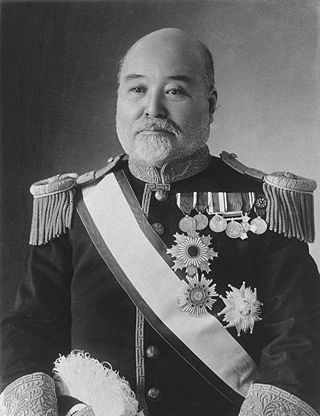
Viscount Takahashi Korekiyo was a Japanese politician who served as a member of the House of Peers, as Prime Minister of Japan from 1921 to 1922, and as the head of the Bank of Japan and Ministry of Finance.

Okada Keisuke was an admiral in the Imperial Japanese Navy, politician and Prime Minister of Japan from 1934 to 1936.

Senjūrō Hayashi was a Japanese politician and general. He served as Imperial Japanese Army Commander of the Japanese Korean Army during the Mukden Incident and the invasion of Manchuria. He briefly served as Prime Minister of Japan in 1937.
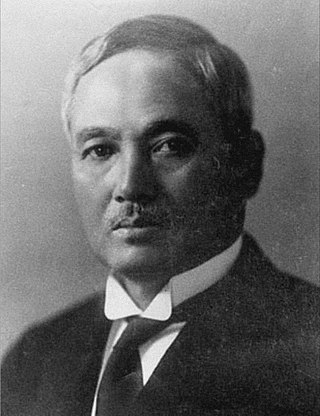
Count Uchida Kōsai was a statesman, diplomat and interim prime minister, active in Meiji, Taishō and Shōwa period Japan. He was also known as Uchida Yasuya.

Francis Brinkley was an Anglo-Irish newspaper owner, editor and scholar who resided in Meiji period Japan for over 40 years, where he was the author of numerous books on Japanese culture, art and architecture and an English-Japanese Dictionary. He was also known as Frank Brinkley or as Captain Francis Brinkley and was the great uncle of Cyril Connolly.
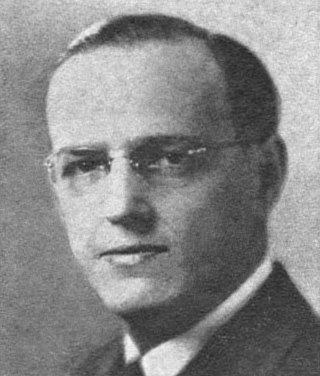
Walter Henry Judd or I-te Chou, was an American politician and physician, best known for his battle in Congress (1943–63) to define the conservative position on China as all-out support for the Nationalists under Chiang Kai-shek and opposition to the Communists under Mao Zedong. After the Nationalists fled to Formosa (Taiwan) in 1949, Judd redoubled his support.
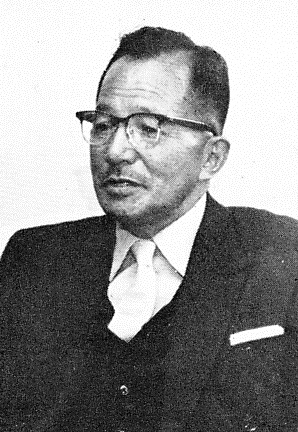
Ryōtarō Azuma was a Japanese physician and bureaucrat who served as Governor of Tokyo from 1959 to 1967. In 1950, Azuma became a member of the international Olympic Committee (IOC).

Herman Peter Eberharter was a Democratic member of the U.S. House of Representatives from Pennsylvania.

CountKabayama Sukenori was a Japanese samurai military leader and statesman. He was a general in the Imperial Japanese Army and an admiral in the Imperial Japanese Navy. He later became the first Japanese Governor-General of Taiwan during the island's period as a Japanese colony. He is also sometimes referred to as Kabayama Motonori.
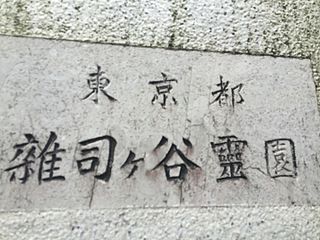
Zōshigaya Cemetery is a public cemetery in Minami-Ikebukuro, Toshima, Tokyo, founded by the Tokyo Metropolitan government.

Tama-reien Station is a passenger railway station located in the city of Fuchū, Tokyo, Japan, operated by the private railway operator Keio Corporation.
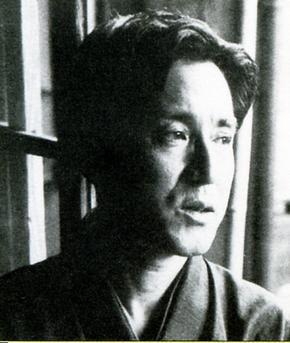
Michio Takeyama was a Japanese writer, literary critic and scholar of German literature, active in Shōwa period Japan.
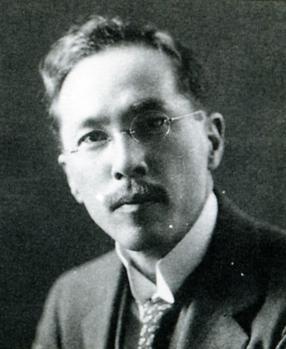
Ikuma Arishima was the pen-name of Arishima Mibuma, a Japanese novelist and painter active in the Taishō and Shōwa period. He also used Utosei and then Jugatsutei as alternative pen names.

Kazumi Takahashi was a Japanese novelist and scholar of Chinese literature in Shōwa period Japan. His wife was fellow writer Takako Takahashi.

Aoyama Cemetery is a cemetery in Aoyama, Minato, Tokyo, Japan, managed by the Tokyo Metropolitan Government. The cemetery is also famous for its cherry blossoms, and at the season of hanami, which many people would visit.

Yanaka Cemetery is a large cemetery located north of Ueno in Yanaka 7-chome, Taito, Tokyo, Japan. The Yanaka sector of Taito is one of the few Tokyo neighborhoods in which the old Shitamachi atmosphere can still be felt. The cemetery is famous for its beautiful cherry blossoms that in April completely cover its paths, and for that reason that its central street is often called Cherry-blossom Avenue.
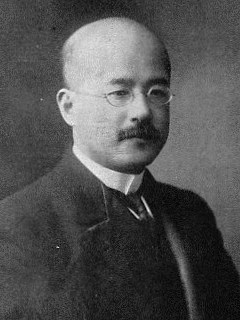
Count Hideo Kodama, was a politician, and wartime cabinet minister in the Empire of Japan. He was the eldest son of famed Russo-Japanese War general Kodama Gentarō, and his wife was the daughter of Prime Minister Terauchi Masatake.

Genji Matsuda, was a politician and cabinet minister in the Empire of Japan, serving as a member of the Lower House of the Diet of Japan nine times, and twice holding cabinet-level posts.
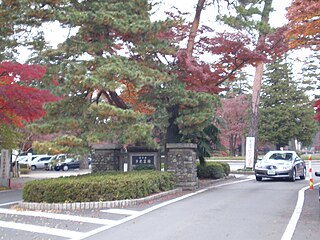
Tama Cemetery in Tokyo is the largest municipal cemetery in Japan. It is split between the cities of Fuchu and Koganei within the Tokyo Metropolis. First established in April 1923 as Tama Graveyard, it was redesignated Tama Cemetery in 1935. It is one of the largest green areas in Tokyo.

Yagoto Cemetery is one of the largest cemeteries in Nagoya, central Japan. It is located in the neighbourhood of Yagoto.